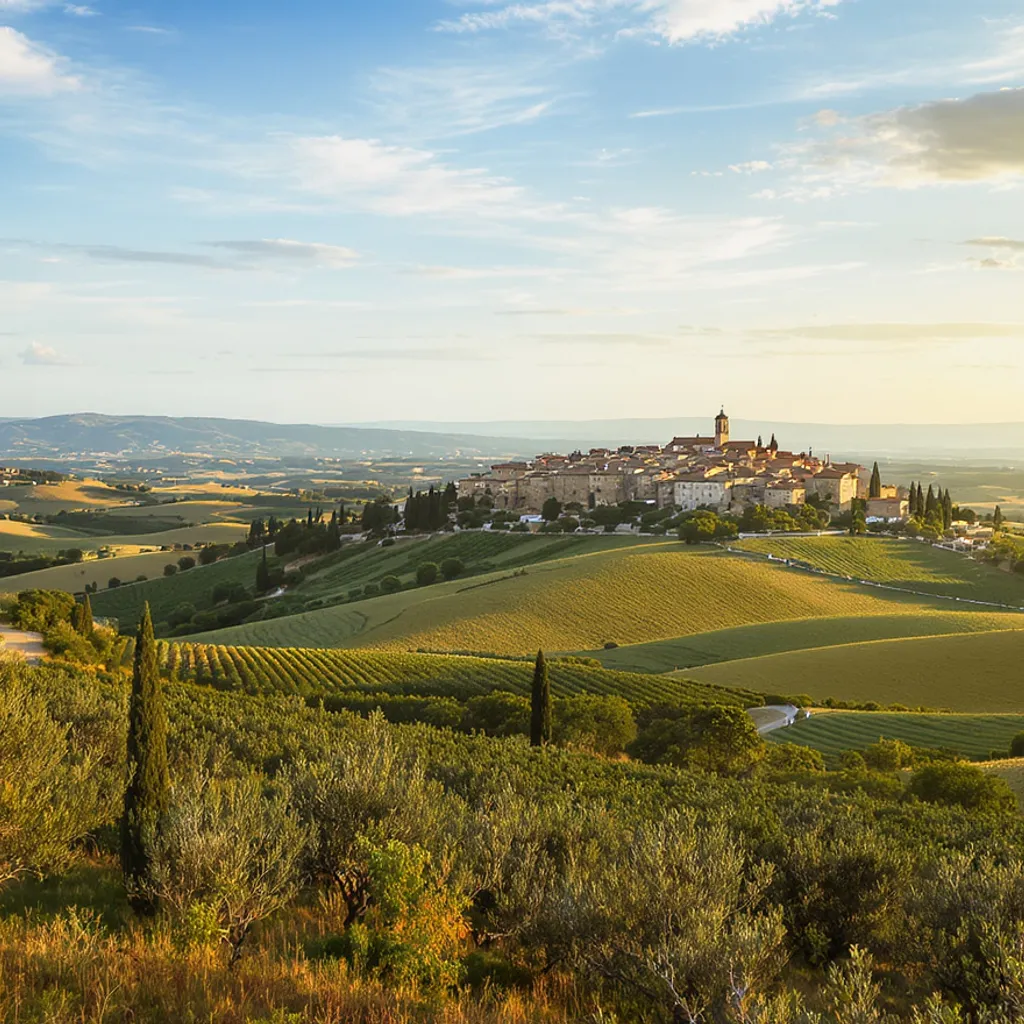Tuscan Towns, Wine and Landscapes
Find classic Tuscan towns, world-class art and rolling vineyards across the region. Base yourself in Florence art museums, markets and Renaissance streets for Renaissance masterpieces and lively markets, then take short drives to Siena historic centre, piazza and medieval palaces for medieval streets and Palio history, and to Montepulciano hilltop wines and medieval streets for wine tasting on sloping lanes. For quieter rhythms explore the honeyed alleys of Lucca walled town, quiet lanes and villas , peer beyond the camera to discover Pisa beyond the tower, riverside and piazzas , or keep an overview of the whole region with Tuscany regional towns, vineyards and views . Trains link most towns, roads follow scenic ridgelines, and many visits work as practical day trips from Florence or Siena.
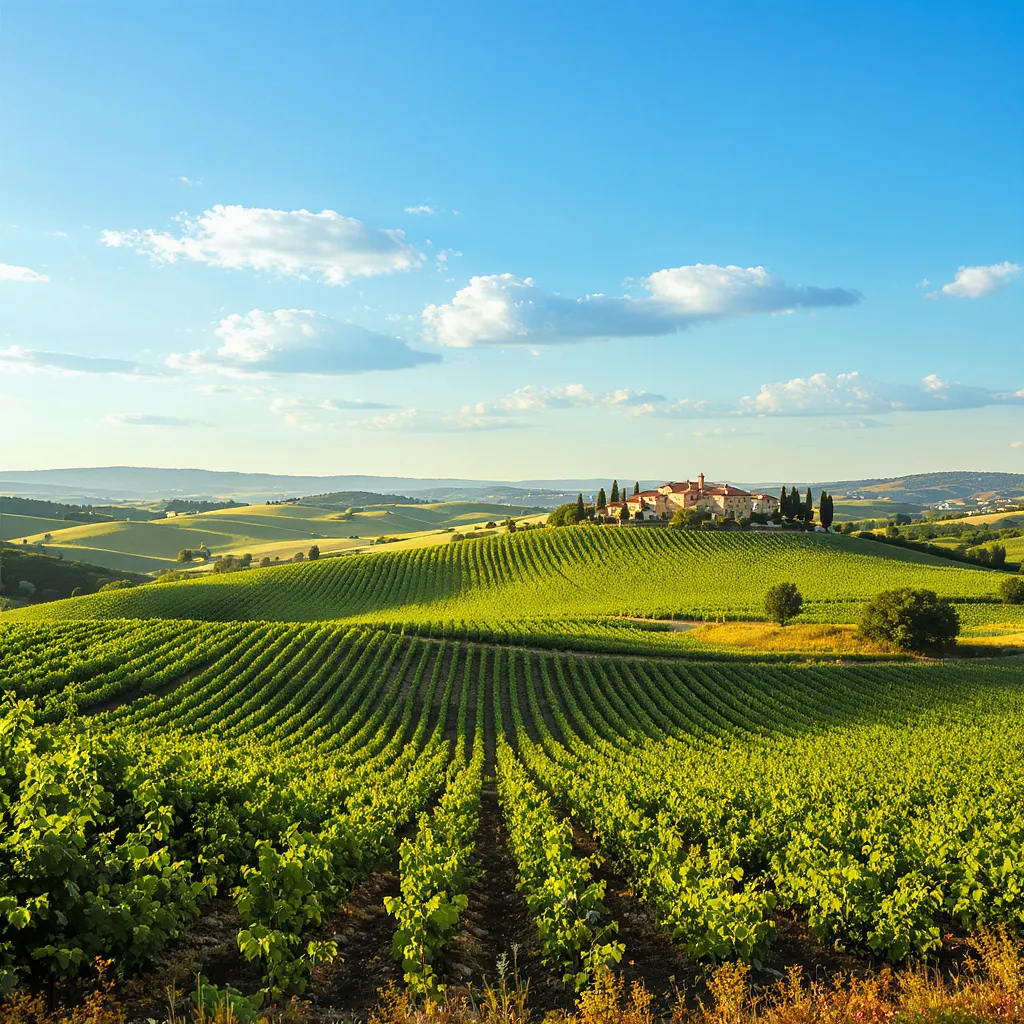
Wine, start here: on 24 September 1716, Grand Duke Cosimo III legally fixed the Chianti growing zone between Florence and Siena, a forerunner of today’s protected designations that still anchors Chianti Classico.
Heritage, Art and Hidden Gems
Start with the essentials, then peel back layers of the region that most visitors miss. Begin at the city highlights with unmissable regional attractions , then follow the stories at historic sites and landmarks where architecture and events explain centuries of change. Slip into quieter corners for lesser known village spots and offbeat discoveries, and use museums galleries and performances to place what you see in cultural context. For travellers who want something different, the city rewards with offbeat cultural experiences that sidestep the predictable and reveal how locals live and remember. This section balances the must sees with small, memorable detours to deepen your visit.
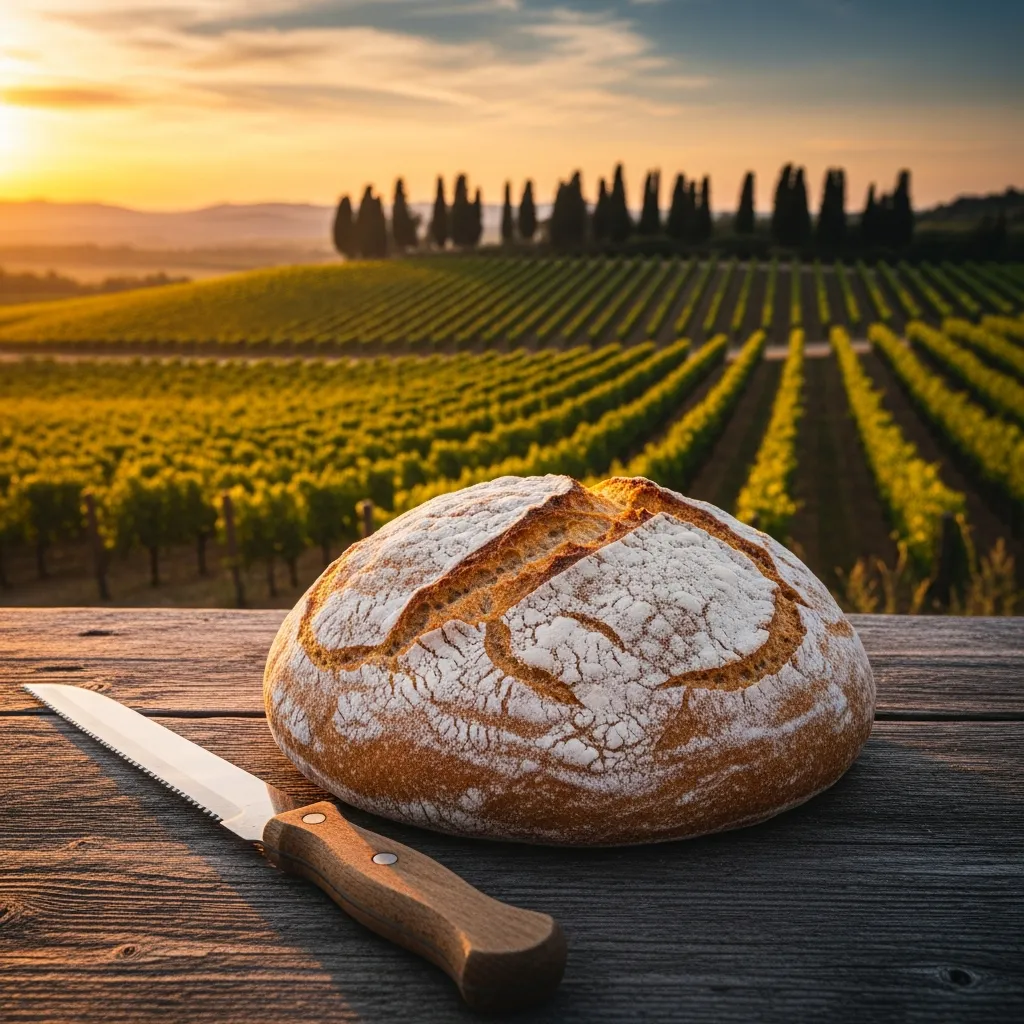
Food, order the bread: Pane Toscano, traditionally baked without salt, was registered as a Protected Designation of Origin in March 2016, which means every loaf must be made entirely in Tuscany to the official specification.
Food, Wine and Local Flavour
Taste the region through markets, kitchens and cellar doors that deliver flavour and context. Start with best local food markets to sample street produce and seasonal stalls, then go deeper with regional Tuscan dishes that explain regional identity. Book ahead for bookable wine tasting dinners at family estates, and turn hands on with hands on cooking classes that teach technique and provenance. When you want curated recommendations, check most recommended food activities to find highly rated tastings and experiences locals return to. This section mixes practical picks with immersive options so you can plan meals that matter.
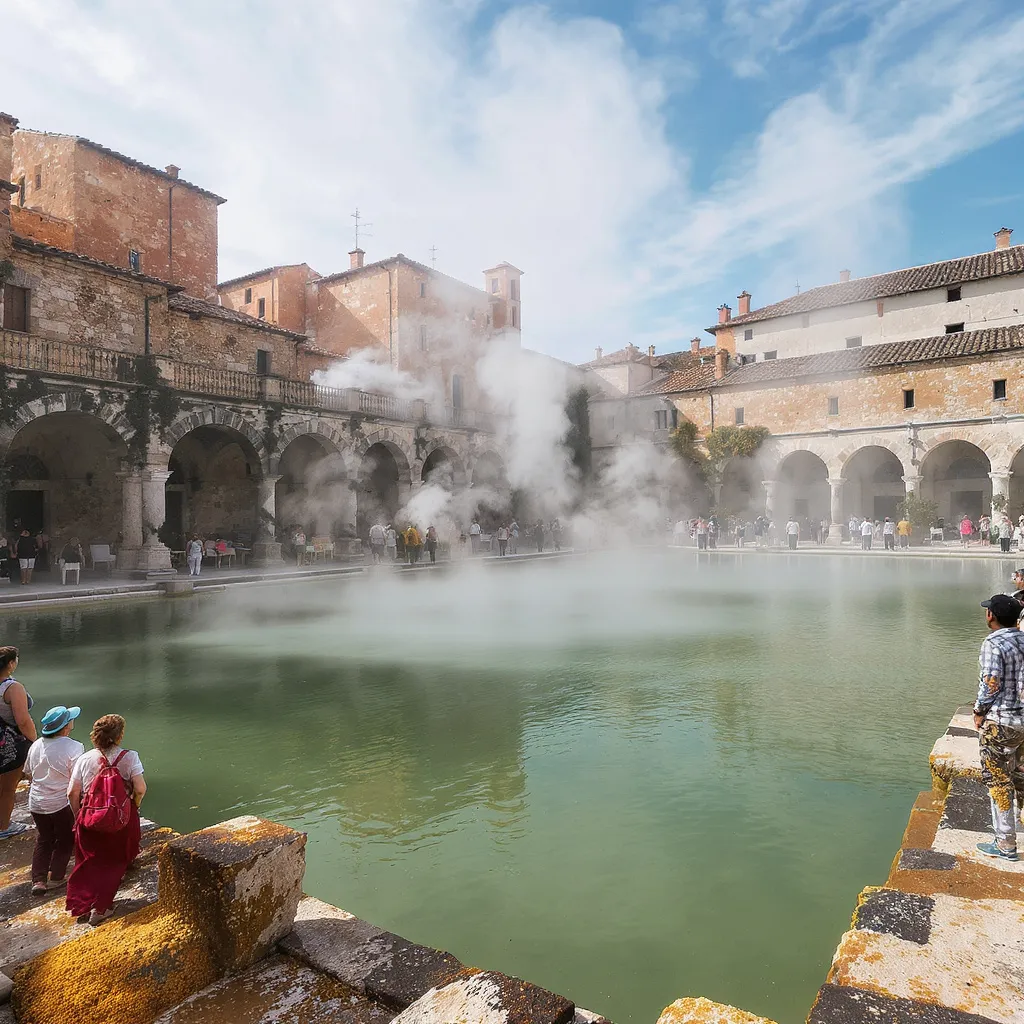
Wellness, plan a pause in Bagno Vignoni: the main square is a 16th century rectangular thermal pool fed by springs at about 52°C, admire the steam from the piazza, then use nearby spas for bathing since soaking in the square’s basin is not permitted.
Nature, Coast and Day Trips
If you want fresh air and varied terrain, plan escapes that range from coastal calm to inland panoramas. Find coastal hikes and nature spots for walking and wildlife, then widen the map with scenic nearby day trips that reach hilltop towns and quiet valleys in a single day. For beach time, use relaxing coastal escapes to choose sand and seaside villages, and for active outdoor options check popular outdoor activities to find the most booked hikes, rides and water sports. This section makes it simple to add a nature-rich day or a longer excursion to your itinerary.
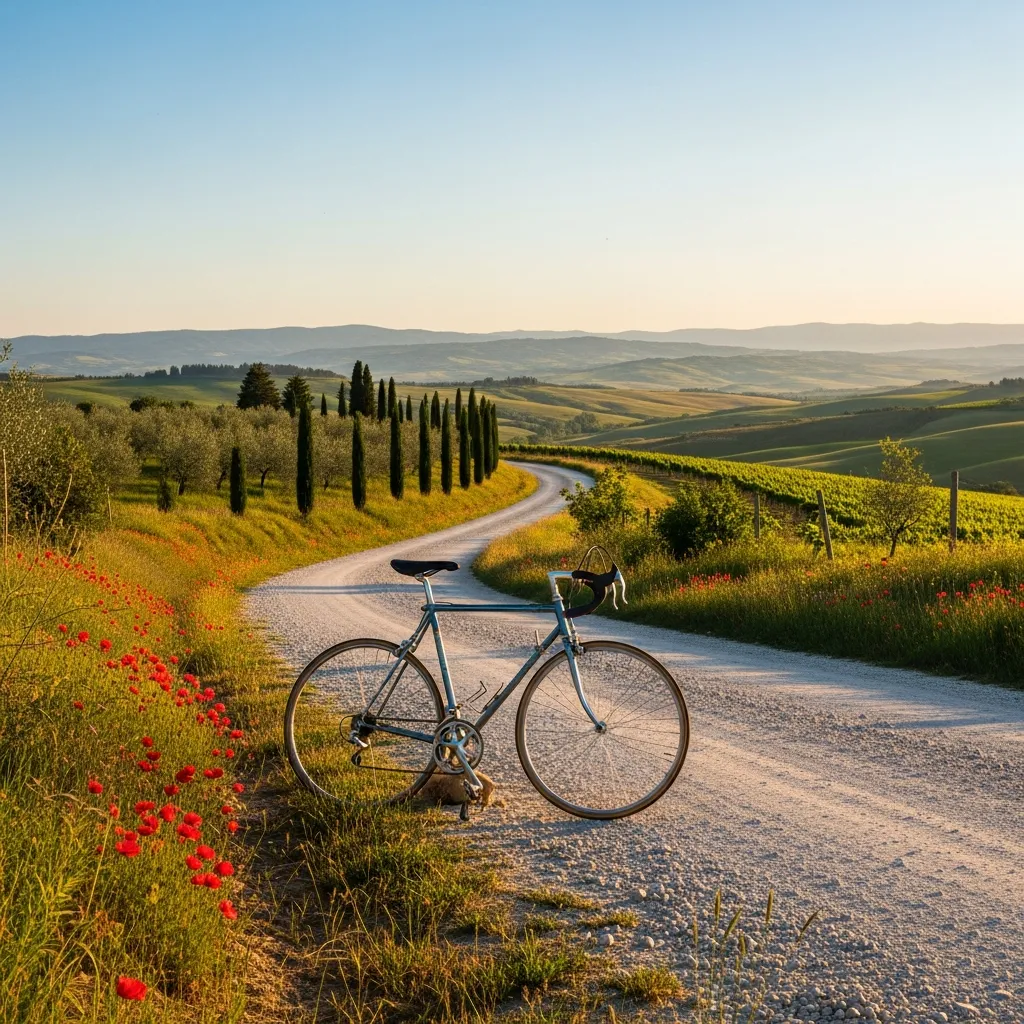
Outdoors, bring a bike or cheer from the roadside: every first Sunday in October, Gaiole in Chianti hosts L’Eroica, a non‑competitive vintage ride founded in 1997, with routes over the strade bianche for riders on pre 1980s bikes.

